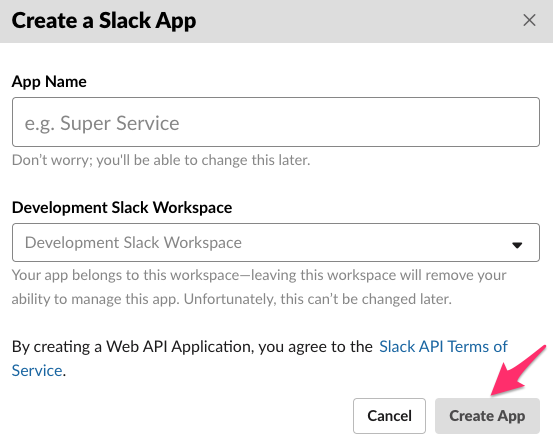


You won't get very far without doing this step, but luckily it's very simple, we even have a nice green button for you to click: Create a Slack app (if you don't have one already) We're going to walk through a really quick 4-step process (if you've already done some of these things it'll be even easier) that will have you posting messages using Incoming Webhooks in a few minutes: 1. If you're looking for the Help Center article on using webhooks with Workflow Builder, head over here. You can use all the usual formatting and layout blocks with Incoming Webhooks to make the messages stand out. Creating an Incoming Webhook gives you a unique URL to which you send a JSON payload with the message text and some options. Here is an example JSON payload to send most of the available Webhook variables including ResultsJson.Incoming Webhooks are a simple way to post messages from apps into Slack. Refer to Slack for further details on what their service supports and how to build payloads. These examples are provided as a reference on Slack's supported Webhook payloads. Slack offers a Message Builder where you can build and test your JSON payload.

Under Recovery Payload, which allows you to customize how the recovery notification look in Slack, enter a JSON object in the format required by Slack.ĭetails on how to format your payload message are available in Slack's documentation, Basic message formatting.Under Alert Payload, which allows you to customize how the alert notification look in Slack, enter a JSON object in the format required by Slack. For details on variables that can be used as parameters within your JSON object, see Webhook Payload Variables.(Optional) Custom Headers, enter up to five comma separated key-value pairs.(Optional) Enter a Description for the Connection.In the Create Connection dialog, enter the Name of the Connection.Go to Manage Data > Monitoring > Connections.You need the Manage connections role capability to create webhook connections. Configure a Webhook connection for Slack Once you set up the webhook connection, you'll have the option to use it in a Scheduled Search or Monitor. You can set up any number of connections. Webhook connections rely on HTTP endpoints that tell Sumo Logic where to send data. Learn more about Slack requirements for Webhooks in their API Help. You can send an alert from Sumo Logic as an HTTP POST request to a Slack channel.


 0 kommentar(er)
0 kommentar(er)
